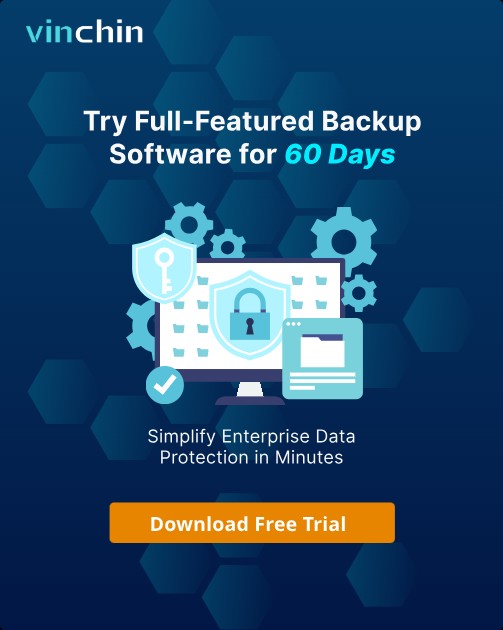-
What is an EFI disk?
-
Why do you need an EFI disk in Proxmox?
-
How to add an EFI disk in Proxmox?
-
How to configure boot settings using the EFI disk (advanced)?
-
Bonus: Backing up your Proxmox VMs with Vinchin
-
EFI disk in Proxmox FAQs
-
Conclusion
What is an EFI disk?
In the Proxmox VE virtualization environment, when you choose to boot a virtual machine using UEFI instead of the traditional BIOS (SeaBIOS), the system will prompt you to add a virtual disk called the EFI Disk. This is not a regular storage disk; rather, it plays a crucial role in storing UEFI firmware configuration data.
The relationship between EFI and UEFI
EFI (Extensible Firmware Interface) was originally developed by Intel to replace the legacy BIOS. The standard was later extended and standardized as UEFI (Unified EFI), which is now the modern firmware standard used in PCs and server motherboards. Compared to BIOS, UEFI offers:
Support for larger disk sizes (over 2TB);
Graphical user interface for configuration;
Secure Boot capabilities;
Faster boot times and better cross-platform compatibility.
Although the standard in use today is UEFI, the term “EFI” is still commonly used in operating systems and virtualization platforms (e.g., “EFI System Partition”, “EFI Boot Loader”), and the term EFI Disk follows this naming convention.
Why do you need an EFI disk in Proxmox?
When using UEFI boot mode in Proxmox (via OVMF), adding an EFI Disk is essential for the following reasons:
Required by modern OS installers:
Operating systems like Windows 11, Ubuntu, and other UEFI-compatible OSes require an EFI System Partition (ESP) to install and boot properly in UEFI mode.Persistent storage for firmware settings:
Proxmox uses OVMF (Open Virtual Machine Firmware), which is stateless, meaning that settings like boot order, Secure Boot status, and boot entries would be lost after each reboot unless stored in an EFI Disk.Store firmware configuration:
The EFI Disk saves critical UEFI settings such as boot entries, boot order, Secure Boot status, and other firmware configurations. Without it, all these settings would be lost after a reboot.Enable Secure Boot:
If Secure Boot is enabled, the EFI Disk stores the necessary keys and validation data to verify bootloaders and system integrity.Bootloader storage:
The EFI Disk is typically formatted as FAT32 and marked as an EFI System Partition (ESP). It contains bootloaders and configuration files, such as grubx64.efi or bootx64.efi, necessary for booting operating systems.
Without an EFI Disk, your virtual machine may fail to boot or lose boot configuration after every restart, resulting in boot failures or configuration loss.
How to add an EFI disk in Proxmox?
Proxmox offers 2 methods to add an EFI Disk: via GUI or command line.
Method 1: Add EFI Disk via GUI
1. When creating a virtual machine, go to the System tab and select BIOS: OVMF (UEFI).
2. Check the box for Add EFI Disk (you may also enable Secure Boot if needed).
3. Select a storage location to save the EFI Disk.
4. After the VM is created, the EFI Disk will automatically appear as efidisk0.
Method 2: Add EFI Disk via Command Line
qm set 100 --bios ovmf qm set 100 --efidisk0 local-lvm:1,format=raw Replace 100 with your VM ID, and local-lvm with your storage name
How to configure boot settings using the EFI disk (advanced)?
1. Start the virtual machine and press ESC to enter the OVMF firmware setup.
2. Navigate to:
Device Manager → Boot Maintenance Manager → Boot Options → Add Boot Option
3. Select the disk that contains your bootloader files (e.g., grubx64.efi or bootmgfw.efi).
4. Name the entry and submit it. Then go to Change Boot Order and move it to the top.
5. Save and exit. The system will now boot using the newly added EFI entry.
Bonus: Backing up your Proxmox VMs with Vinchin
Once your UEFI-enabled virtual machine is properly configured in Proxmox, it's strongly recommended to back up the entire VM to prevent data loss or system failure.
Vinchin Backup & Recovery offers an easy-to-use and efficient backup solution for Proxmox VE. It supports full VM backups, incremental backups, and fast VM recovery, helping ensure business continuity and data safety.
Key benefits include:
⚙️ Agentless backup for Proxmox VMs
⚙️Flexible scheduling and retention strategies
⚙️ Centralized web-based management
⚙️Fast and reliable VM recovery
Vinchin Backup & Recovery's operation is very simple, just a few simple steps.
1.Just select VMs on the host
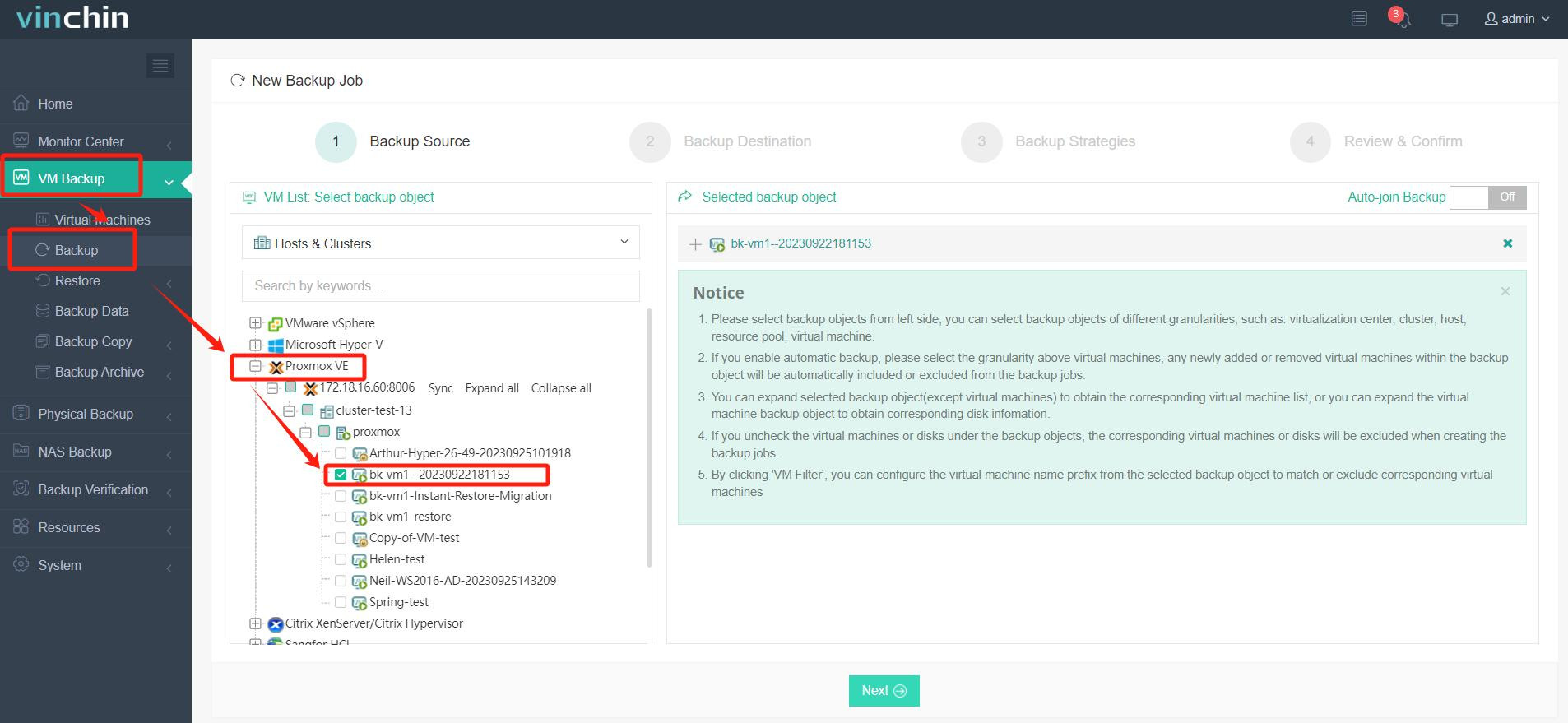
2.Then select backup destination
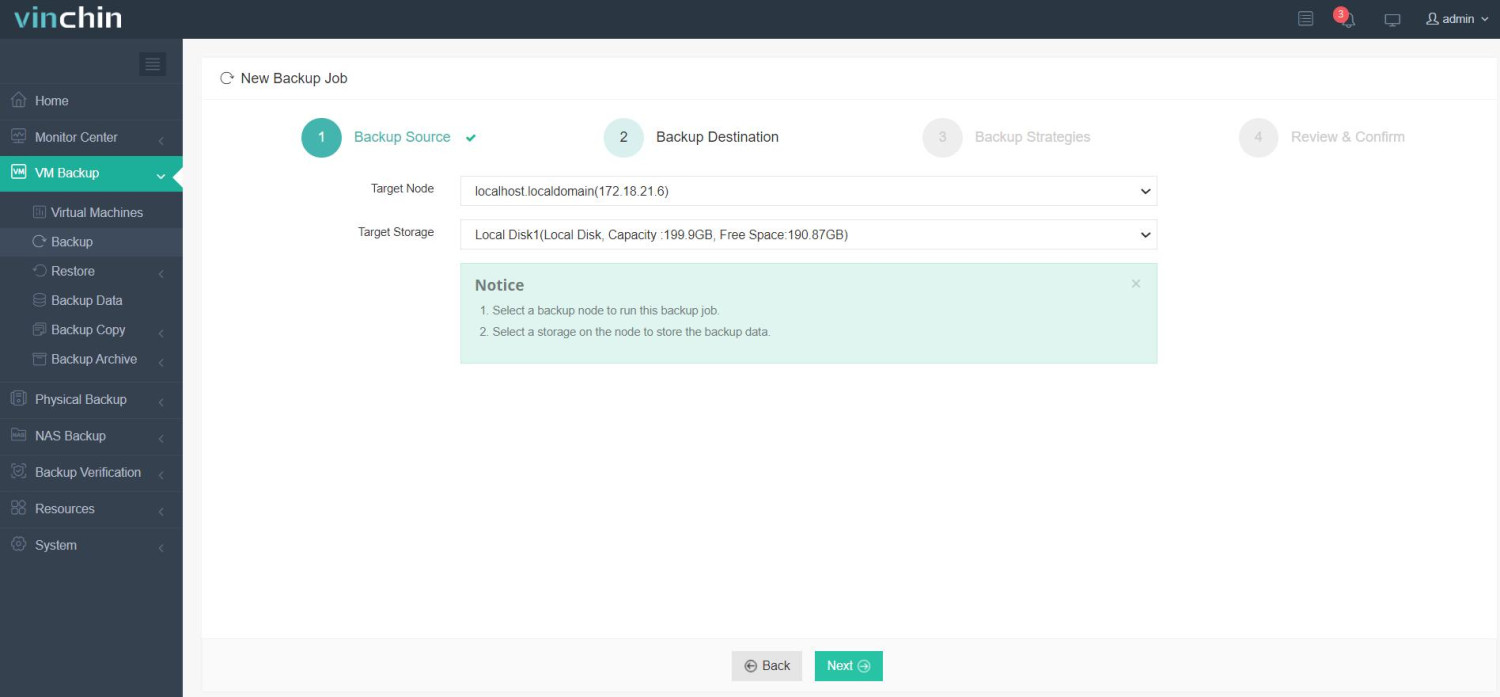
3.Select strategies
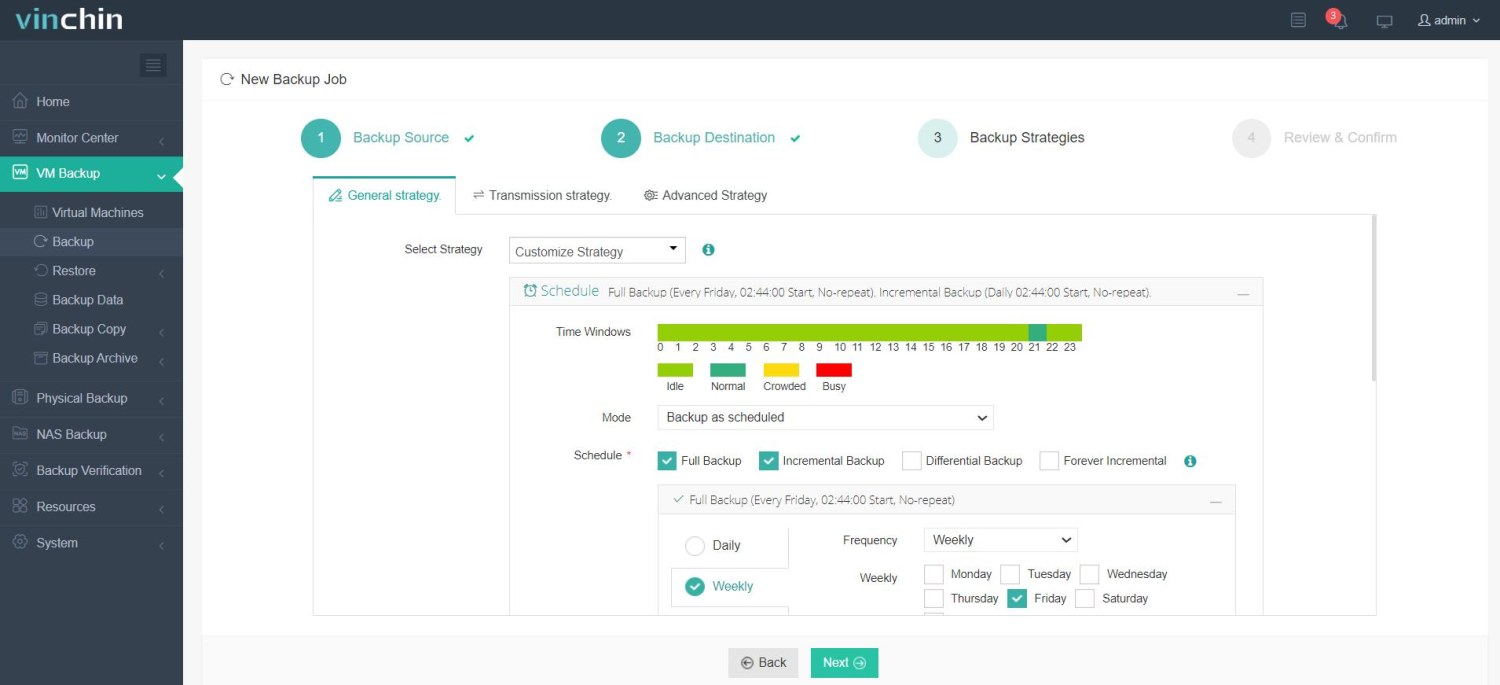
4.Finally submit the job
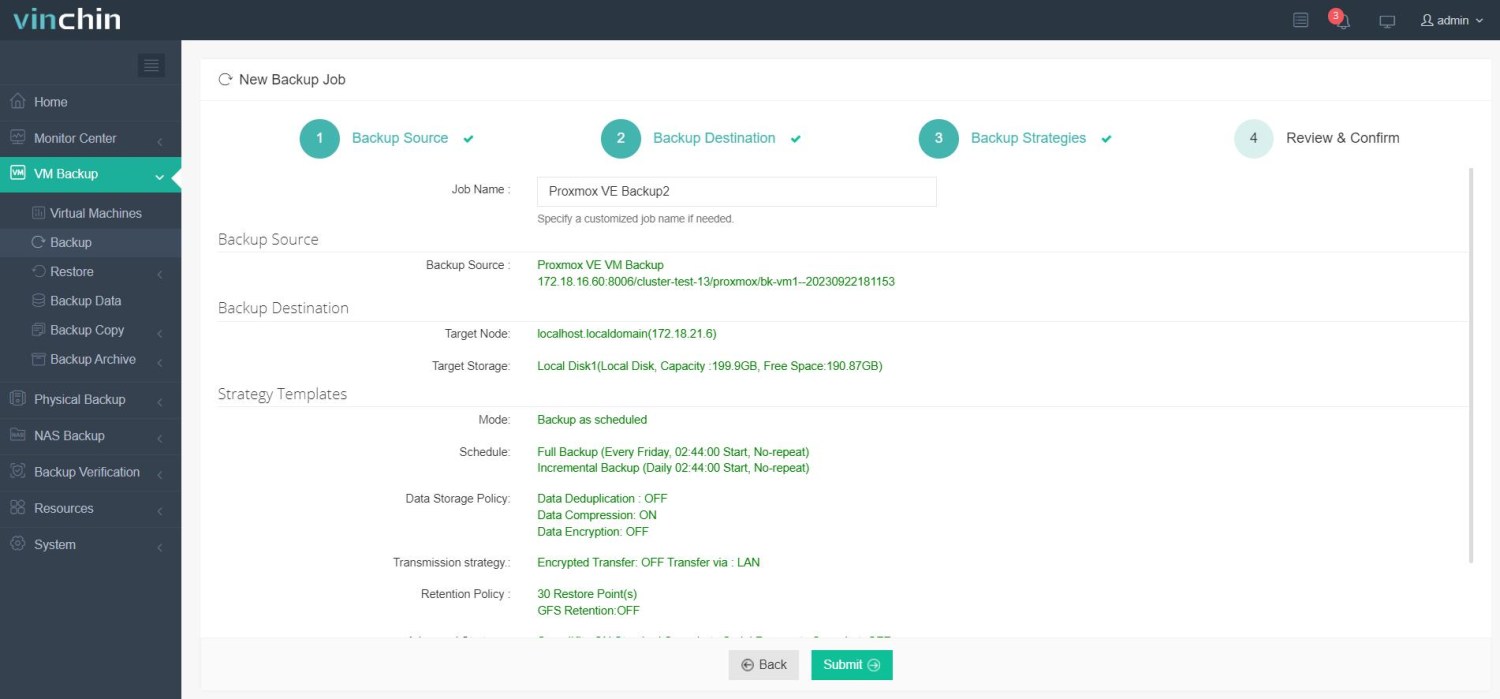
Whether you're managing production or test environments, Vinchin provides the protection your virtual infrastructure needs. Vinchin offers a free 60-day trial for users to experience the functionality in a real-world environment. For more information, please contact Vinchin directly or contact our local partners.
EFI disk in Proxmox FAQs
Q1: How to fix VM EFI boot failure on Proxmox?
A1: Make sure that your virtual machine configuration includes an EFI disk and that the correct boot device is selected in the boot options. If the problem persists, try updating Proxmox and its related components to the latest version.
Q2: What my virtual machine can't boot from the EFI disk?
A2: Possible reasons include: the EFI firmware is not properly configured, EFI support is not enabled in the virtual machine settings, or there are compatibility issues related to the ISO image or virtual hard disk being used. Check the boot sequence of the virtual machine and ensure that EFI support is enabled.
Conclusion
An EFI disk is essential for UEFI booting in Proxmox, ensuring firmware settings and bootloaders persist across reboots. For complete VM protection, consider backing up your virtual machines with Vinchin to ensure stability, data safety, and fast recovery.
Share on:





